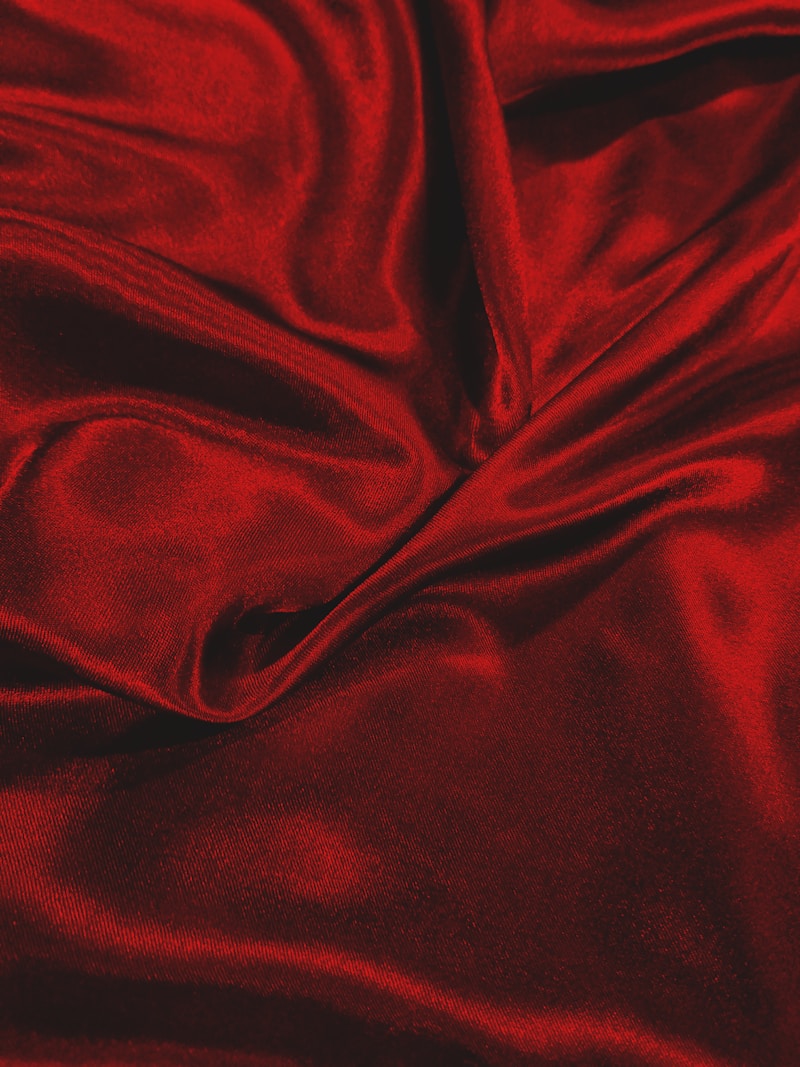Understanding Bridal Dress Fabrics: A Comprehensive Guide for Modern Brides
Understanding Bridal Dress Fabrics: A Comprehensive Guide for Modern Brides
Bridal Dress Fabrics: Choosing the Right Material for Your Dream Gown
When embarking on the journey to create your perfect wedding dress, one of the most crucial decisions is selecting the right bridal dress fabrics. The fabric you choose will not only influence the look and feel of your gown but also dictate how it flows, drapes, and fits. In this guide, we will explore various types of fabrics commonly used in bridal wear, tips for selection, and how to effectively care for your gown.
Popular Bridal Dress Fabrics
Bridal dress fabrics come in a plethora of options, each offering unique characteristics. Here is a look at some of the most popular choices:
| Fabric type | Description |
| Silk | Silk is one of the most luxurious fabrics. It drapes beautifully and has a natural sheen, making it perfect for elegant bridal gowns. |
| Organza | This lightweight, sheer fabric adds volume to dresses and is perfect for layering. Organza is crisp, making it a favorite for ball gown styles. |
| Tulle | Tulle is another lightweight and ethereal fabric often used for skirts and veils. It has a soft, net-like structure that creates a dreamy effect. |
| Chiffon | This soft, flowing fabric is semi-sheer and offers a delicate and romantic look, ideal for draped styles and overlay. |
| Lace | Lace is a timeless fabric that adds texture and intricate detail to gowns. It can be used as an overlay or as the main fabric for a vintage look. |
| Satin | Satin has a glossy finish and a smooth surface. This fabric is heavier, creating a structured silhouette that is perfect for form-fitting designs. |
Factors to Consider When Choosing Your Bridal Dress Fabric
Your choice of bridal dress fabric should align with the elements of your wedding, such as the season, venue, and personal style. Here are some important factors to consider:
1. Season
Consider the season in which you are getting married. For a summer wedding, lightweight fabrics like chiffon or lace can help keep you cool, while heavier fabrics such as satin or silk are ideal for a winter celebration.
2. Venue
The location of your wedding plays a crucial role in fabric selection. Beach weddings typically call for lightweight and flowy fabrics, whereas a formal ballroom wedding may necessitate more structured and luxurious materials.
3. Body Type
Your body type should influence your fabric choice as it can enhance your silhouette. For instance, A-line dresses look stunning in flowy fabrics like chiffon, while mermaid gowns are beautifully showcased in structured fabrics like satin.
4. Personal Style
Ultimately, your personal style should guide your fabric choice. Whether you prefer bohemian chic, vintage elegance, or modern minimalism, there is a fabric that can cater to your aesthetic.
Understanding Fabric Care
Once you've found your ideal bridal dress fabric, it's important to understand how to care for it to maintain its beauty. Here are some care tips:
1. Read Care Labels
Your bridal gown will come with care labels that provide essential information on how to clean and store your dress. Always follow these instructions to avoid damaging the fabric.
2. Store Properly
When not in use, store your bridal gown in a cool, dry place. Use a breathable garment bag to prevent dust accumulation and protect it from light.
3. Avoid Harsh Chemicals
When cleaning, avoid using harsh chemicals that can ruin delicate fabrics. It’s usually best to have your dress professionally cleaned after your wedding.
Additional Considerations and Trends in Bridal Fabrics
As you prepare for your wedding day, it's essential to stay updated on the latest trends in bridal dress fabrics. Here are some trends that are currently captivating brides:
1. Sustainable Fabrics
The push for sustainability in fashion has led to an increase in the popularity of eco-friendly fabrics such as organic cotton, bamboo silk, and recycled polyester. These materials are not only stylish but also reduce the environmental impact of your wedding.
2. Textured Fabrics
Textured fabrics such as brocade and jacquard are making a comeback, adding depth and interest to Wedding gowns. These fabrics can provide a dramatic flair, particularly for evening weddings.
3. Mixed Fabrics
Brides are increasingly experimenting with gowns that incorporate multiple fabrics. A combination of lace, satin, and tulle, for example, can create a stunning visual effect and enhances the overall design of the gown.

Conclusion
In conclusion, the choice of bridal dress fabrics is a significant part of the wedding gown selection process. By understanding the types of fabrics available, considering key factors such as season and venue, and keeping up with current trends, you can ensure that your dress is not only beautiful but also a perfect reflection of your personal style. Remember to care for your gown properly to preserve its beauty for years to come. Enjoy the journey of finding the perfect fabric for your dream bridal dress!
